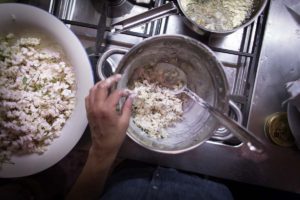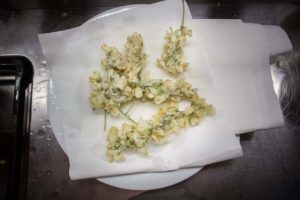Pasta! The Golden Tagliatella scandal
Have you ever looked down at your plate of tagliatelle bolognese and thought to yourself “The dimension of these noodles look slightly wrong?” No? Me neither. There is a very good reason for this, at least we naively believed. And with this, your pasta education continues.
Foodie friends of mine told me about their trip to Bologna, which for primarily one thing, a viewing of the Golden Tagliatella. Turns out that deep in Bologna’s Chamber of Commerce is something that I guarantee is more interesting than what’s in your neighborhood Chamber of Commerce. (Let’s just start with the building, the Palazzo della Mercanzia—Palace of Merchants— a gothic building that dates from 1382.)
What is there is the official measurement of a tagliatella (singular). It’s a noodle, in pure gold, housed in a wooden box. You need to make an appointment to see it, which judging by what my dogged friends went through, is quite difficult.
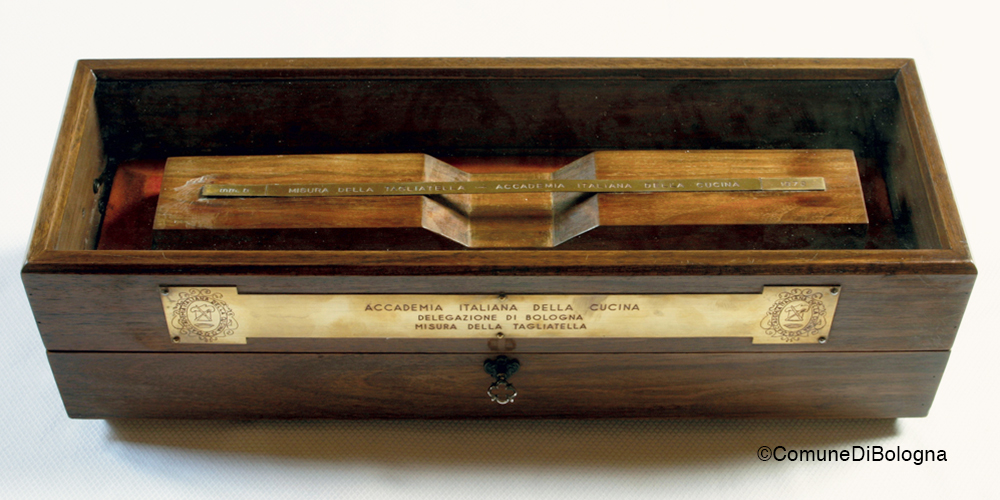
grazie al comune di Bologna per la photo
One only can wonder about what crisis of tagliatelle prompted the need for this particular measurement, which was installed on April 6, 1972, by the Italian Academy of the Kitchen. “Any other size, would make it lose its inimitable character,” says the charter.
But we had bigger questions on our minds. Does what you buy in the store actually correspond to the golden noodle? Or is all of this a marketing coup? (Even if they really don’t seem to market it and you have to make an appointment to see it?)
The specifications are eight millimeters cooked and seven millimeters uncooked. (This is precisely 12,270th part of the height of the Asinelli Tower, a landmark in Bologna.) Length is not specified, by the some inexplicable lapse.
We purchased three different brands of tagliatelle at the local store and measured. Turns out that none of the tagliatelle we purchased logged in at seven millimeters. The reality is an average of just over five. Marketing coup it is!
In case you are not too disillusioned, here is the official recipe, notarized, copyrighted, and sealed in the Chamber of Commerce, for tagliatelle bolognese. (Sent you to a translated version for simplicity.) This ancient recipe was finally agreed upon and formalized on October 17, 1982, ten years after the golden noodle was installed at the Chamber.
Bologna is a beautiful and interesting city to visit in Italy, by the way.


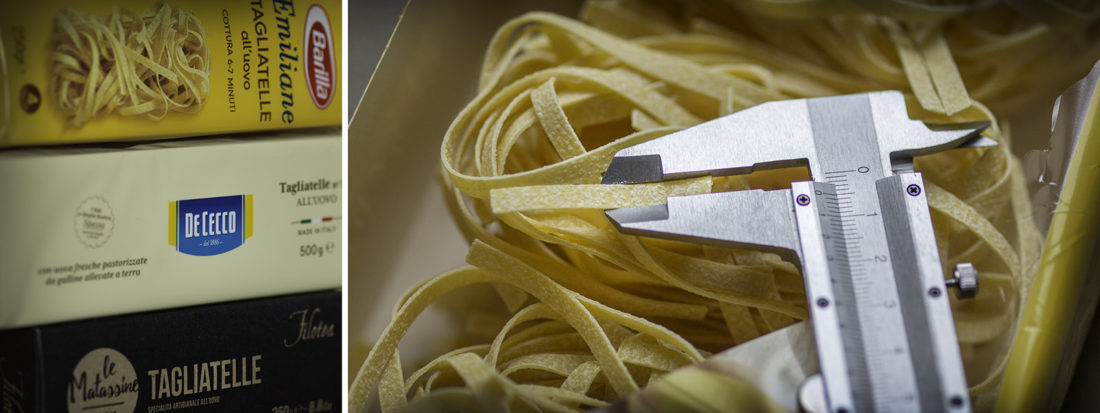





 In Italy there is a DOC appellation (Denominazione di Origine Controllata, like the French DOC) and these Caprese chestnuts (a particular, fussy subset of chestnuts, called marrone, from grafted trees) have earned this rating.
In Italy there is a DOC appellation (Denominazione di Origine Controllata, like the French DOC) and these Caprese chestnuts (a particular, fussy subset of chestnuts, called marrone, from grafted trees) have earned this rating.
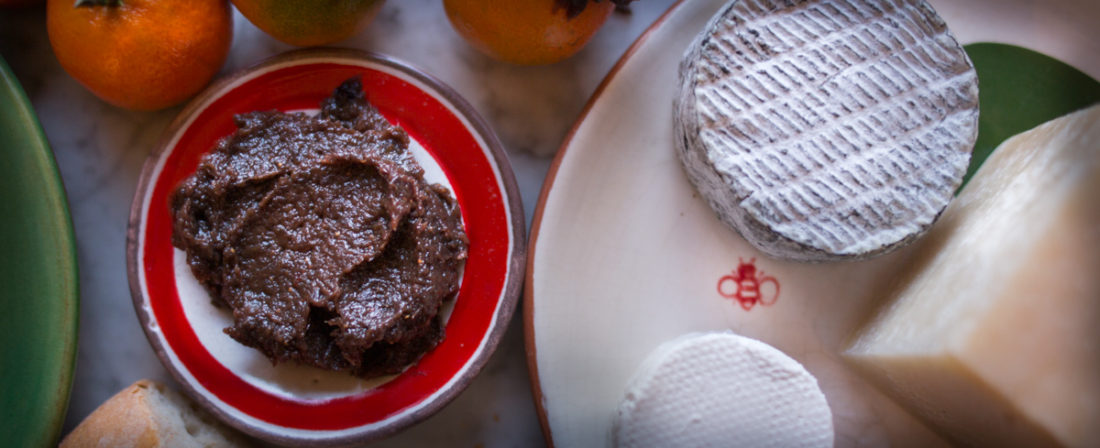
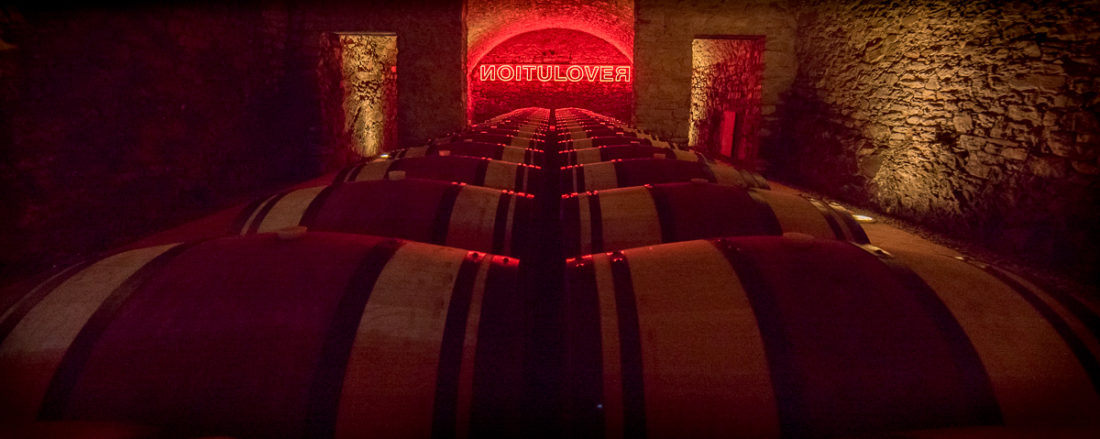

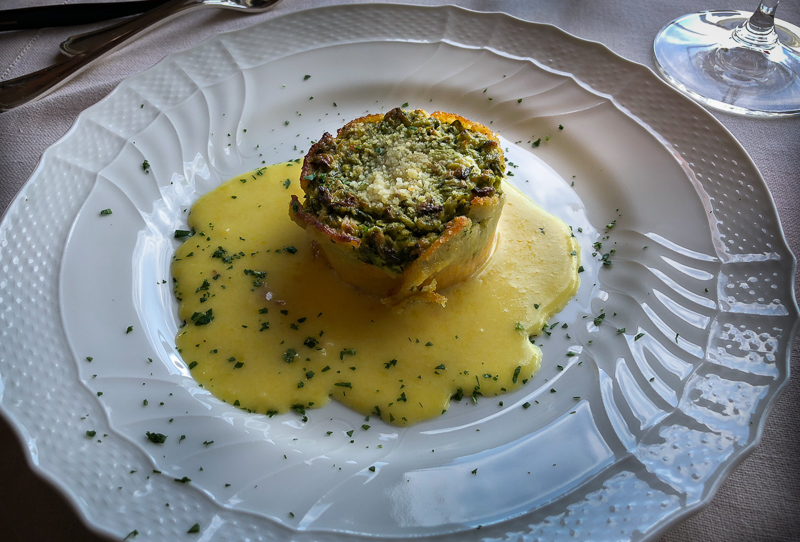
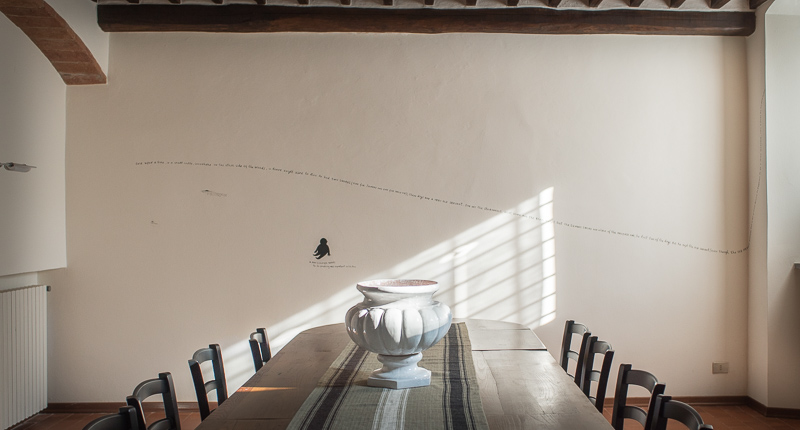

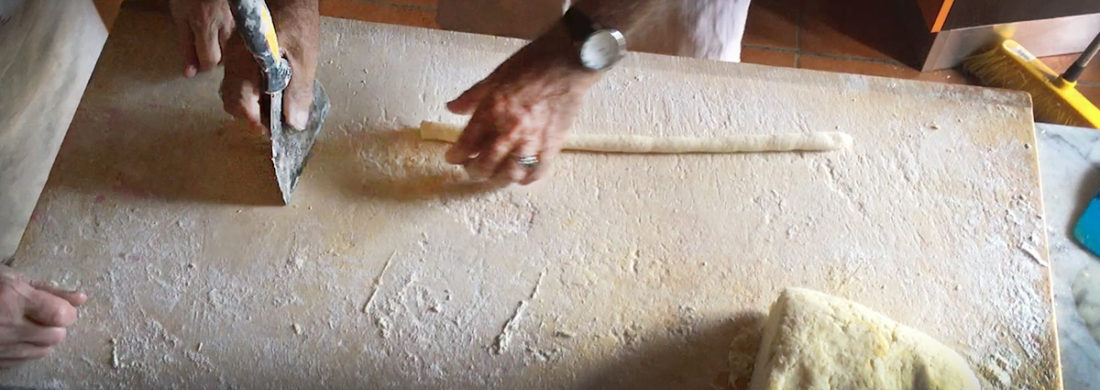
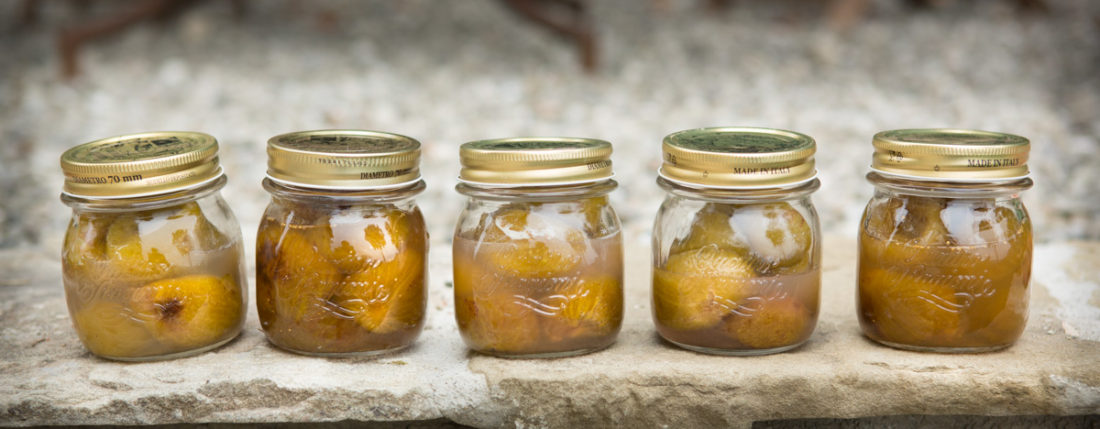
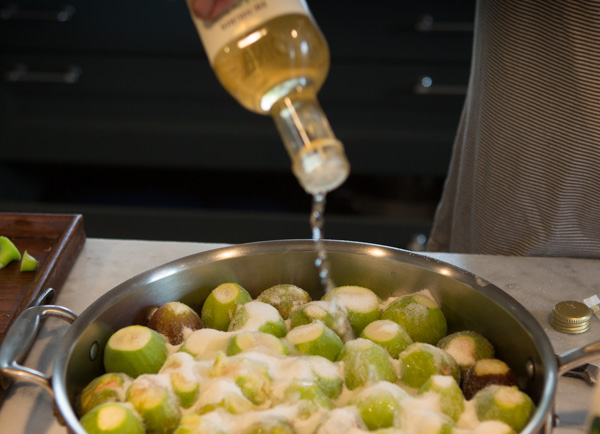
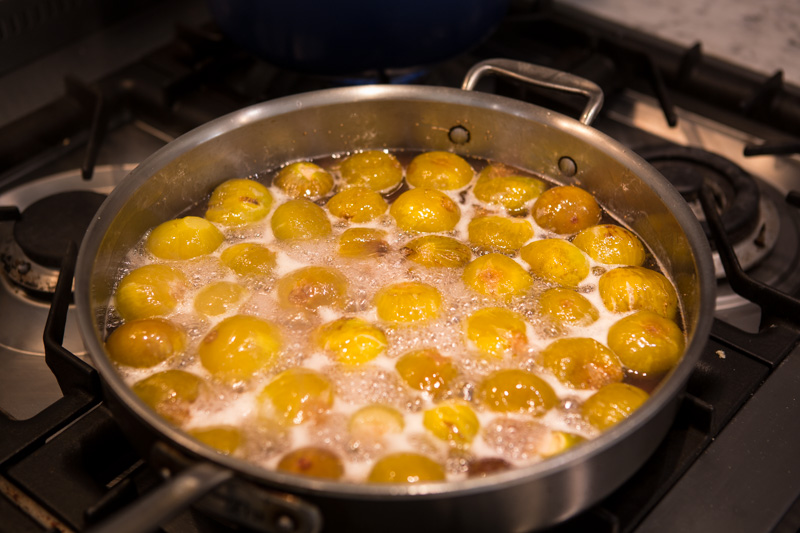
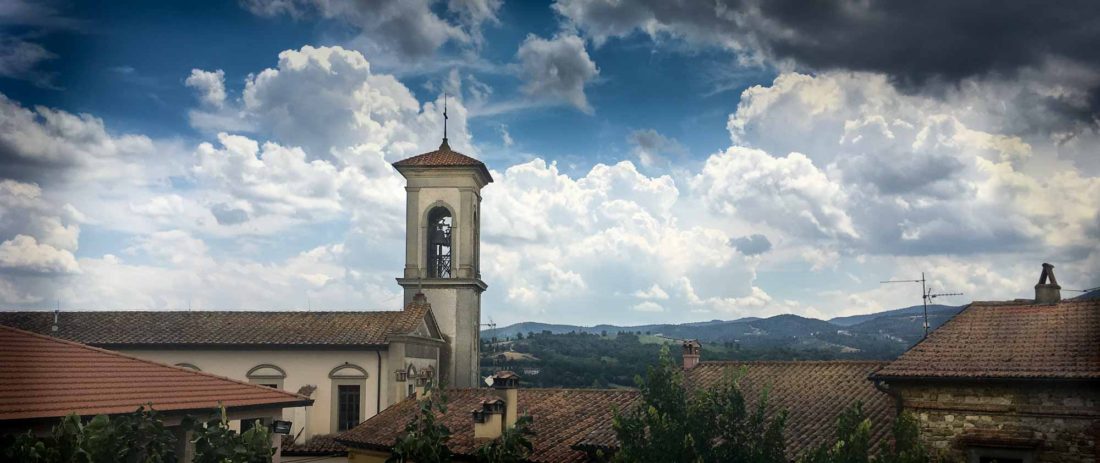
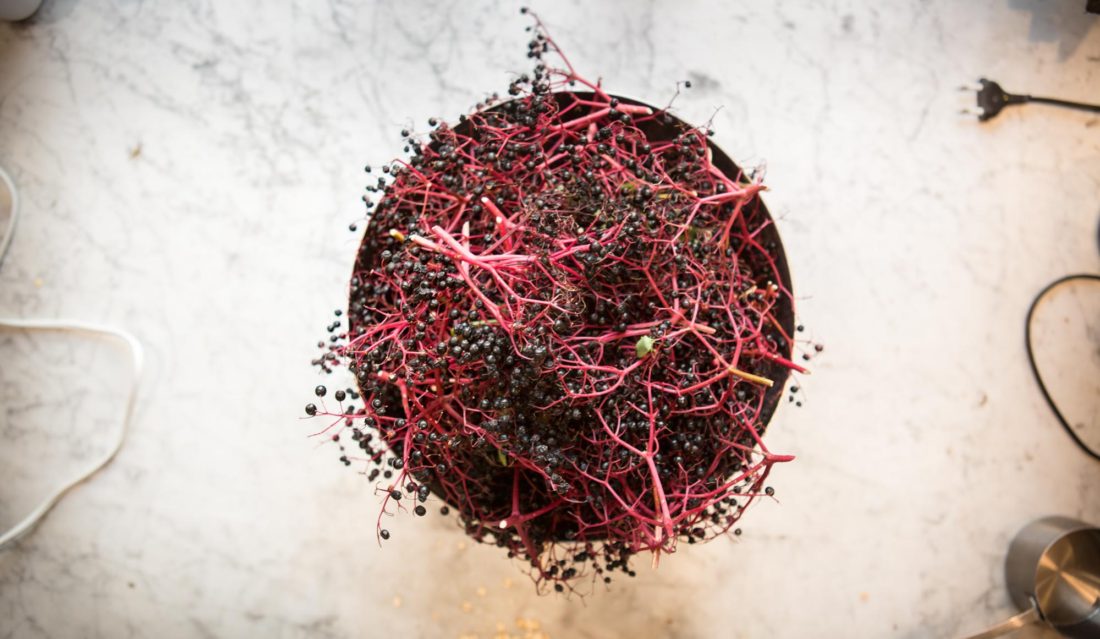
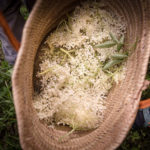 Elderflowers grow like weeds here. Weeds that have huge thorns and become 30-foot trees while your back is turned. Good thing they have gorgeous white flowers that are delicious to make into elderflower cordial. (I’ve heard they are also good to fry, like
Elderflowers grow like weeds here. Weeds that have huge thorns and become 30-foot trees while your back is turned. Good thing they have gorgeous white flowers that are delicious to make into elderflower cordial. (I’ve heard they are also good to fry, like 
